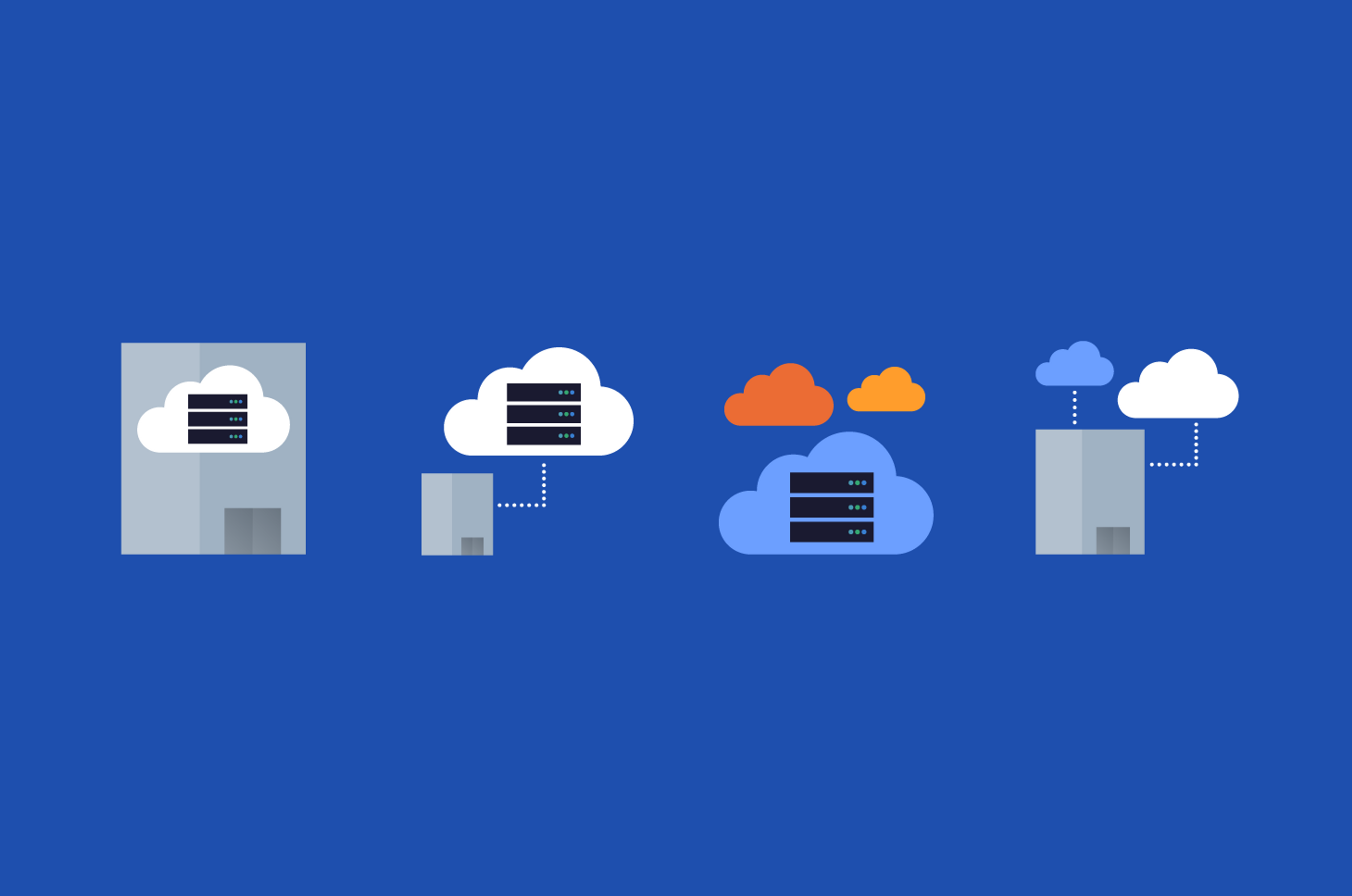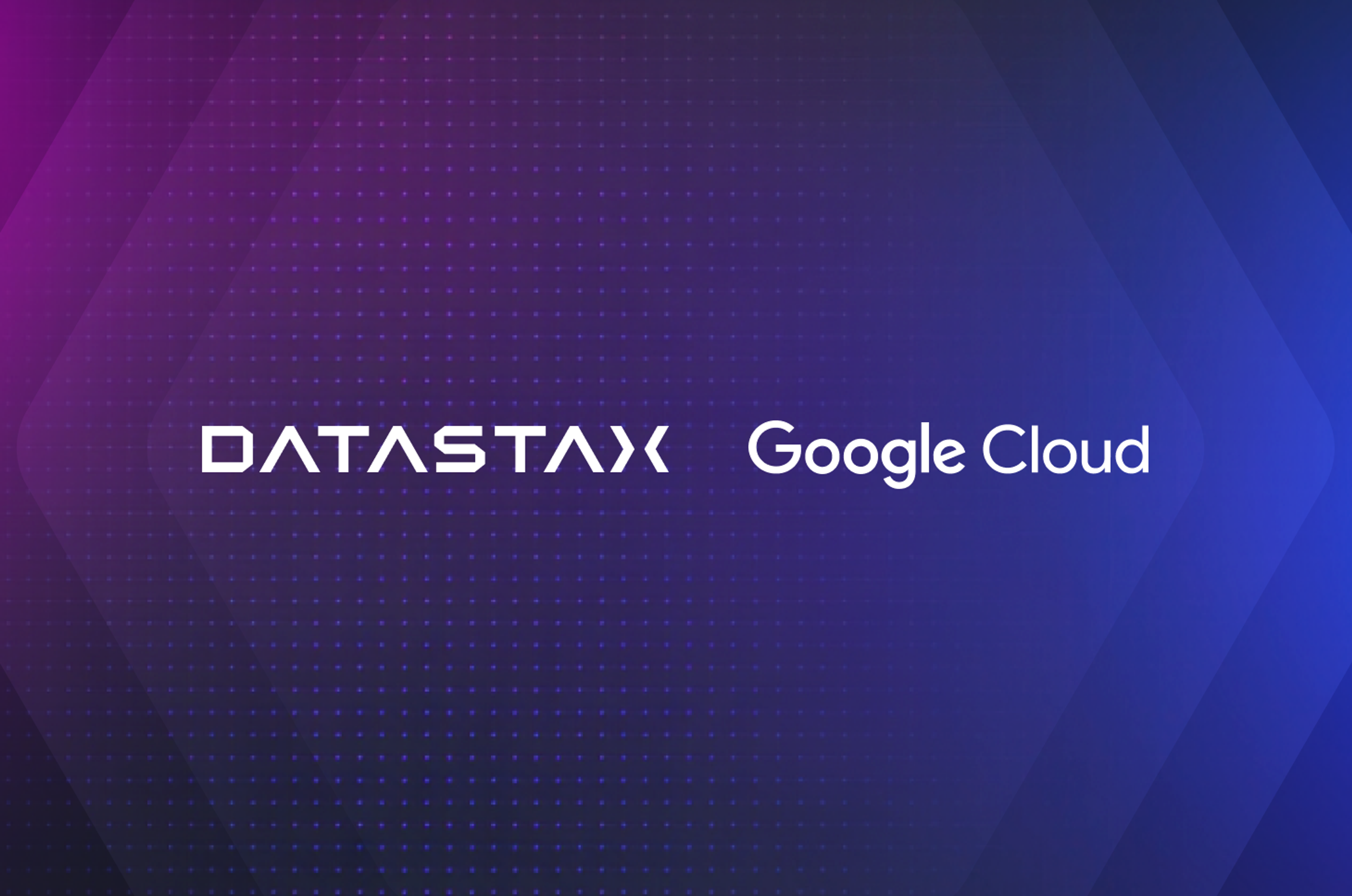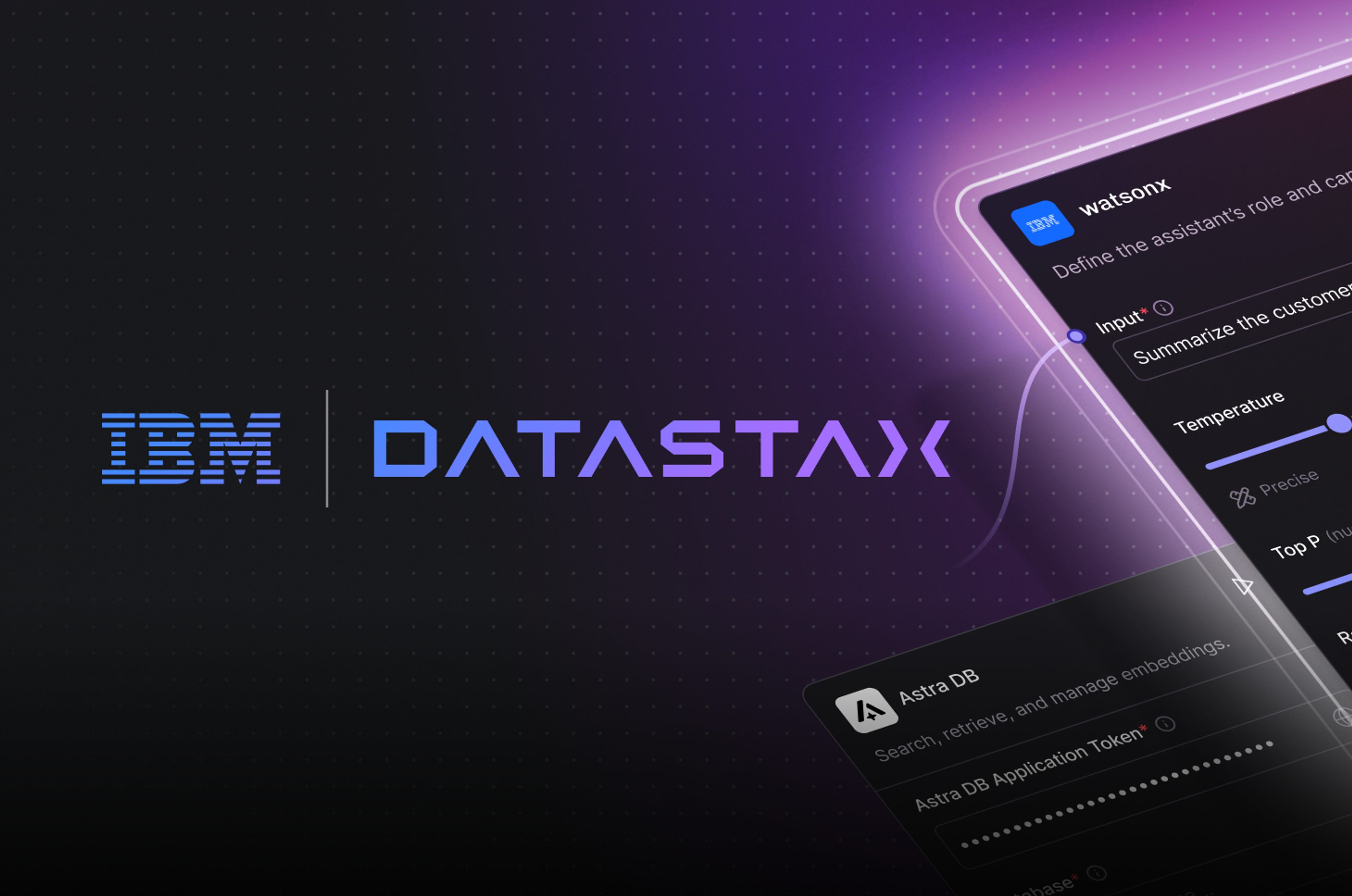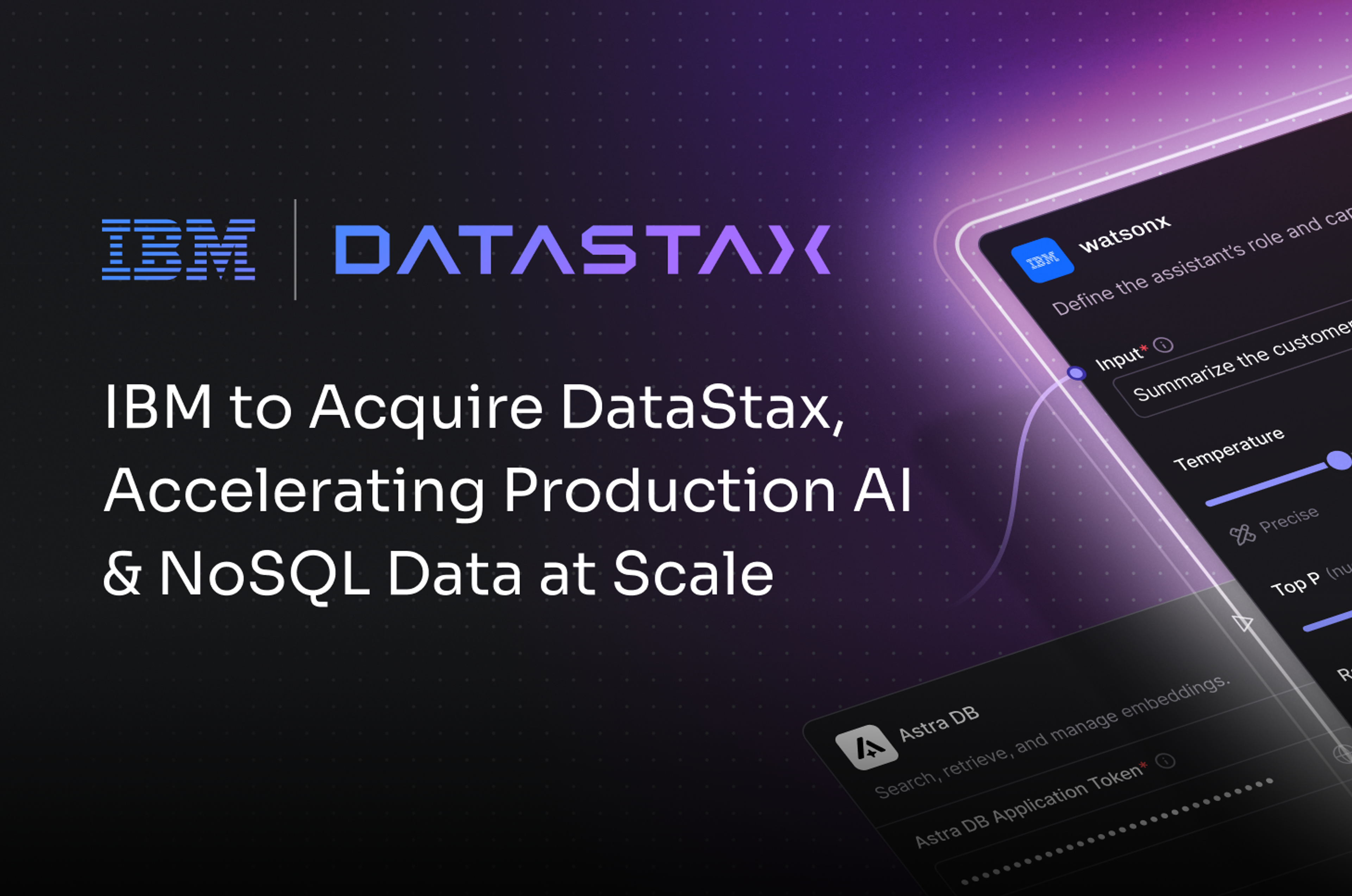The terms multi-cloud and hybrid cloud are often confused, but there is a distinct difference between them. In this post we will cover the differences and similarities between multi-cloud and hybrid cloud, so your business will be better prepared to make the choice between them.
Although before we do that, first it is important to define the differences between private clouds and public clouds. This is your key to understanding the hybrid cloud strategy.
Public clouds are publicly available cloud computing and storage solutions from providers such as Microsoft Azure, Google Cloud Platform (GCP), Amazon Web Services (AWS), IBM Cloud and many more. The word public of course doesn’t mean that the cloud services are free. Instead it means that the cloud storage space and computing capacity isn’t dedicated to you when you’re not using it. As soon as you stop using capacity, it can be dedicated to someone else.
Private clouds used to be an actual – on-premises – server in a building you controlled. In some businesses it will still be a rack of machines that authorized personnel have access. In recent years though, this practice has adapted some of the benefits of a public cloud. Many private clouds are now hosted and maintained by public cloud providers, but the storage space and computing power is separated from what other companies might use and is truly dedicated to one business or user.
What is multi-cloud?
Multi-cloud is a strategy in which a business uses two or more public cloud services from different vendors to combine and integrate them into a single solution architecture for one or more parts of their business. Moreover, multi-cloud can also refer to a deployment of one software application or the same database with multiple data centers across multiple clouds.
For example, in a multi-cloud scenario a business can set up, run, and scale a database like Apache Cassandra or a managed database-as-a-service (DBaaS) such as DataStax AstraDB, across different clouds with a single laptop.
With different public clouds to choose from it makes good sense to use only the most suitable services from each provider to cover very specific needs. The key thing to remember is that a multi-cloud approach gives you more options. This is particularly valuable when it comes to costs. Multi-cloud allows you to take advantage of competitive pricing to optimize costs. However, because network transit fees can be expensive, choosing what to make multi-cloud is an important factor to consider in the optimization equation.
Multi-cloud approaches offer a number of other benefits as well, including:
- Data redundancy: In case of an outage in a cloud or cloud region, your data will also be available in another.
- No vendor lock-in: In case of price hikes you can move off the platform or service completely without missing a beat
- Easier compliance with data residency demands: Placing your data in specific regional data centers to satisfy regulators
What is a hybrid cloud?
Hybrid cloud is a solution that combines a private cloud with one or more public cloud services. The private cloud will often be on-premises to keep highly sensitive data behind the businesses’ own firewall, reduce costs and maximize access to large files that need to be updated often. The public cloud services are used to secure on-demand scalability, accessibility from anywhere, and dynamic workload management.
The most popular models of hybrid cloud deployment are:
- Tiered hybrid: Backend applications run in a private, on-premises cloud, while frontend applications run on a public cloud. This makes it easier for you to roll out updates in the user interface and can give your users a faster performing frontend.
- Edge hybrid: On-premises private cloud servers can offer cloud computing to local devices and bring down the latency considerably by only transferring processed data to a public cloud.
- Cloud-bursting hybrid: A private cloud is used to run applications at the base level, while public cloud services burst into use as the demand spikes.
Security is the most common reason to implement the hybrid cloud solution in a business. Recipes, concepts, unique models and other kinds of intellectual property (IP) can be stored in full on the private cloud protected by the business’ own firewall. Encrypted parts of the IP can be stored across several public cloud vendors. This gives the business a complete backup (albeit in pieces that are useless by themselves) in other locations safe from any incident that could take out the private cloud server.
Multi-cloud vs. hybrid cloud: similarities
Multi-cloud and hybrid cloud are similar in some ways, and businesses can choose either approach or both in a single deployment, simultaneously running data centers in AWS, GCP, and on-premises for example. There are also several DevOps practices that can be used in either environment, including streamlined, continuous integration and continuous delivery (CI/CD), testing and monitoring.
Both multi-cloud and hybrid cloud provide you leverage against an attempt from a single cloud vendor to lock you in at a high cost. Both approaches also provide agility. Your business will be able to ramp up capacities and launch new offerings faster than without these ala carte approaches to cloud selection.
You will be using public cloud vendors for some of your computing, backup or platform needs. And your IT staff will need to work on tying it all together and can use the management options from each cloud provider or tie the clouds together with a cloud management platform.
Multi-cloud vs hybrid cloud: differences
As we touched on earlier, multi-cloud is a combination of two or more public cloud services, while the hybrid cloud combines public cloud services with a private cloud server.
With hybrid cloud, you will have your very own dedicated and protected server space in the cloud environment. This difference is, in practice, minimized if you choose to have your private cloud hosted by a public cloud vendor.
If your business needs frequent access to large files and most of your people work in the same location, the files will be faster to access in a private on-premises cloud server. While the cost of cloud computing can be very complex, the price of using your private cloud should be easier to predict. However, with a private on-premises cloud server comes the cost of maintenance, power, and cooling.
Cost isn’t the only factor to consider, though. Some businesses choose a hybrid deployment because they have significant investment in on-premises servers, they need full control, and/or they have security concerns or regulatory requirements they must comply with. And in the eyes of regulators, it may be a better option to store highly sensitive data in a private on-premises cloud server.
Learn more about the different cloud strategies and scenarios
The vast majority of global enterprises have adopted a multi-cloud strategy in order to keep up with their shifting demands. This gives them reduced downtime and higher ROI, among many other advantages. Download our whitepaper Why Multi-Cloud is Imperative to Any Modern Data Strategy to learn more.
If you’re looking for a cloud-native and highly scalable database for your business, you can’t go wrong with open-source Apache CassandraⓇ a distributed NoSQL database that delivers continuous availability, high performance, and linear scalability. Combining Cassandra with DataStax Luna support services is a great choice for making your migration and database management much easier. DataStax Enterprise, which is built on Cassandra, offers a secure always-on database that remains operationally simple when scaled in a single datacenter or across multiple data centers and clouds. And if you want a fully managed solution, DataStax AstraDB provides the freedom and agility of multi-cloud with zero vendor lock-in. Whatever approach you want to use, DataStax can help you leverage the power of Cassandra to build your multi-cloud deployments.
Resources:










